Miraisozojuku Project
Miraisozojuku (Institute for Designing the Future) Project -- Past and Future --
The idea for the "Miraisozojuku (Institute for Designing the Future) Project" was originally conceived in 2008 as a part of Keio University's 150th anniversary. Throughout its development, though, the project has faced a variety of societal circumstances which forced adaptations, reconsiderations, and revisions from its inception to implementation. However, the philosophy behind building a residential education and research environment that highlights the unique qualities of Shonan Fujisawa Campus (SFC) has remained the same from the start, and many people have devoted their creative energy into making this project into a reality.
The site of the east side (former EAST Zone) is the β (Beta) Village which was developed as a residential research and education facility in conjunction with classes and research seminars. On the west side (former West Zone) is the H (Eta) Village, where the on-campus student dormitory was completed and opened for residents in 2023.
As shown in the aerial photo, the Miraisozojuku (β Village and H Village) covers the northern part of campus. Before H Village was opened in 2023, some trees along the road on campus were cut down and the H Village was connected to the common building (Salt House). There is immense symbolism in this, as a campus which had previously been hidden by trees is now open to the outside world. This moment is a message that has been in the making for the last 30 years since SFC was established: that the campus will continue to expand toward the future as well as the larger community of the Endo district in Fujisawa City.
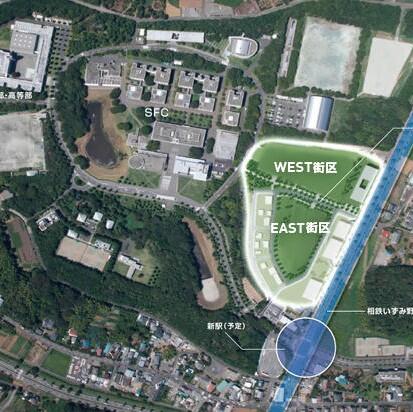
Concept photo for the Miraisozojuku project when it was first begun.
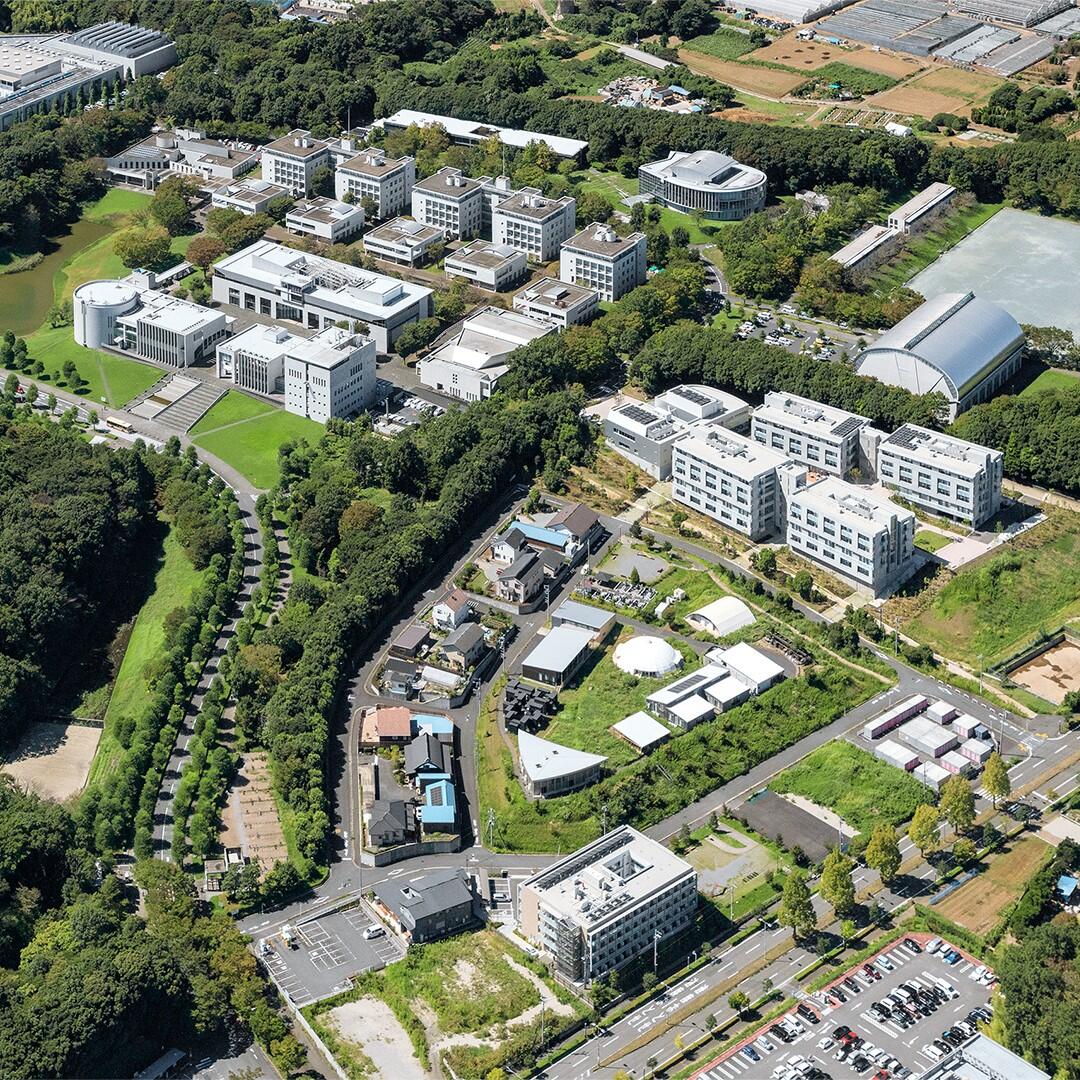
Aerial photo taken in March, 2023
| Year | Events |
|---|---|
| 2007 | The Miraisozojuku project begins |
| 2008 | Keio University 150th Anniversary |
| 2012 | Fundraising for the Miraisozojuku project begins |
| 2015年 | Shonan Fujisawa Campus 25th Anniversary The SBC (Student Built Campus) project begins in the EAST Zone. |
| 2016 | Fundraising for the Miraisozojuku project ends β1 completed |
| 2018 | β2 completed |
| 2020 | Shonan Fujisawa Campus 30th Anniversary Miraisozojuku β3, β4, β Dome, β Studio, and β Pavilion completed |
| 2021 | Faculty of Nursing and Medical Care 20th Anniversary H Village construction begins |
| 2023 | H Village completed |
The goal of the Miraisozojuku project, launched in 2007, was to construct residential educational and research facilities where students and faculty, as well as people from outside the university and the world at large, would be able to live together at Shonan Fujisawa Campus to put Keio's philosophy of "learning while teaching, teaching while learning" into practice.
H Village
The west side (former WEST Zone) contains the on-campus international student dormitoryThe dormitory was planned as part of the Miraisozojuku project, which started in 2007. The project had to be halted numerous times for extenuating circumstances such as global financial crisis and the Great East Japan Earthquake, though fundraising continued throughout this period. However, In January 2019, Executive Committee at the time began to reappraise the situation and began making moves toward making the project into a reality.
A construction company was selected through a Private Finance Initiative (PFI) arrangement, and construction began in August 2021. Construction continued throughout the pandemic and the on-campus international student dormitory "H Village" was completed in February 2023. The opening ceremony was held in March 2023, and residents began their university life in the on-campus facilities at the beginning of the 2023 academic year.
The H Village consists of four residential buildings and a common building. The common building faces the road that encircles the rest of campus. The four residential buildings are behind it, arranged around a central plaza.
Three concepts formed the basis of developing the complex: "living in diversity," "solving issues through communication," and "the spirit of experimentation." The dormitory accommodates up to 300 students. Each unit is composed of five private rooms that share a common space, including a living room and bathroom area. Each building has shared kitchens and learning commons to encourage interactions between residents.
The university began advertising the dorm in November 2022. After the first application period (December 2022) and the second application period (March 2023), approximately 120 people, mainly incoming students, applied to be residents. Unit leaders and house leaders have put together a variety of events and programs including a ball-game competition, nurturing the bonds between residents. In September, a barbecue was held to welcome students who started at SFC in the fall, many of whom were international students.
●H Village| Salt House | Common Building (Cafeteria, Multi-purpose Space, and Meeting room) |
| Paprika House | Residential Building for 85 residents (co-ed) |
| Turmeric House | Residential Building for 65 residents (women only) |
| Rosemary House | Residential Building for 75 residents (co-ed) |
| Basil House | Residential Building for 75 residents (men only) |

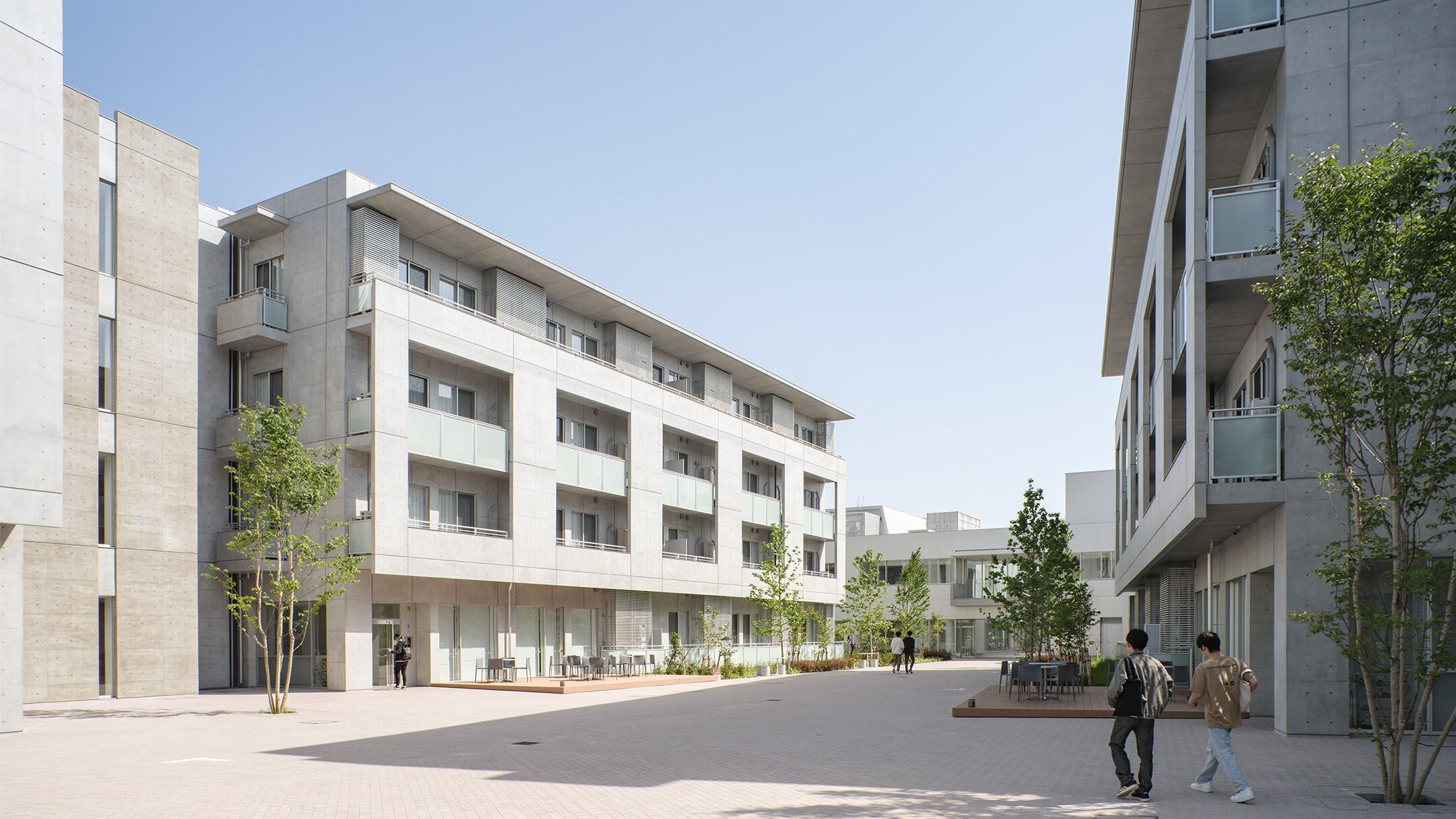
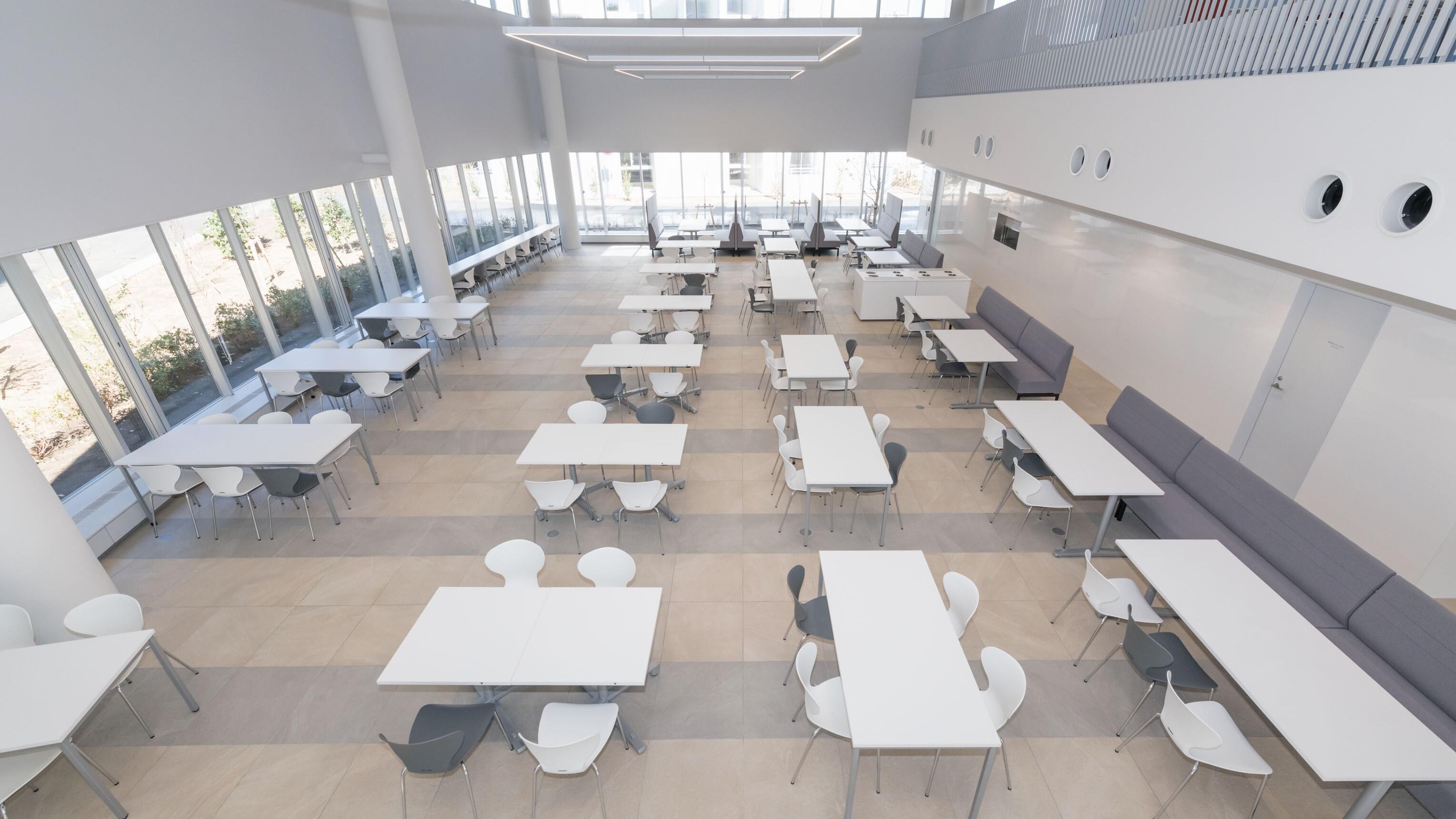
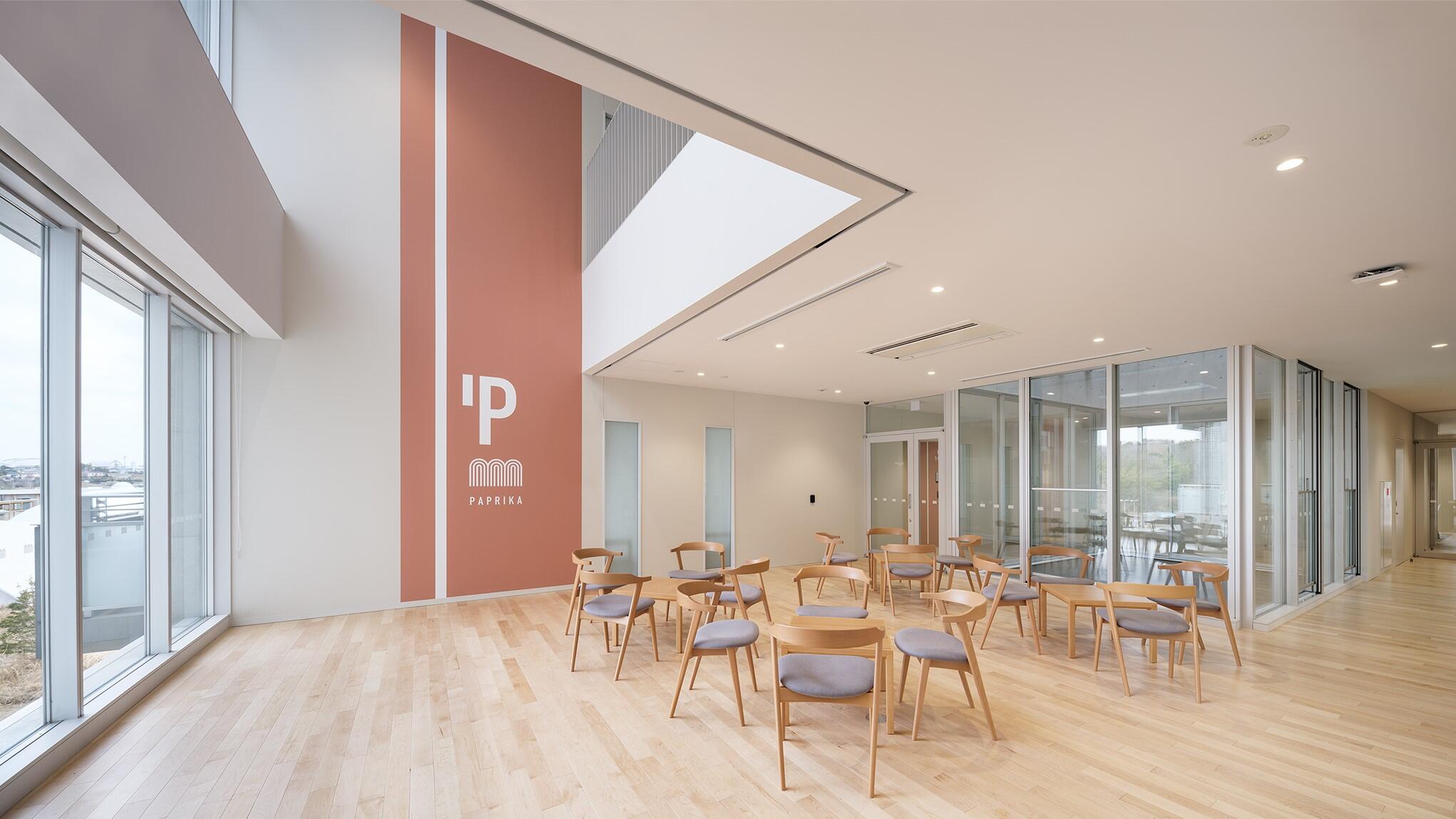
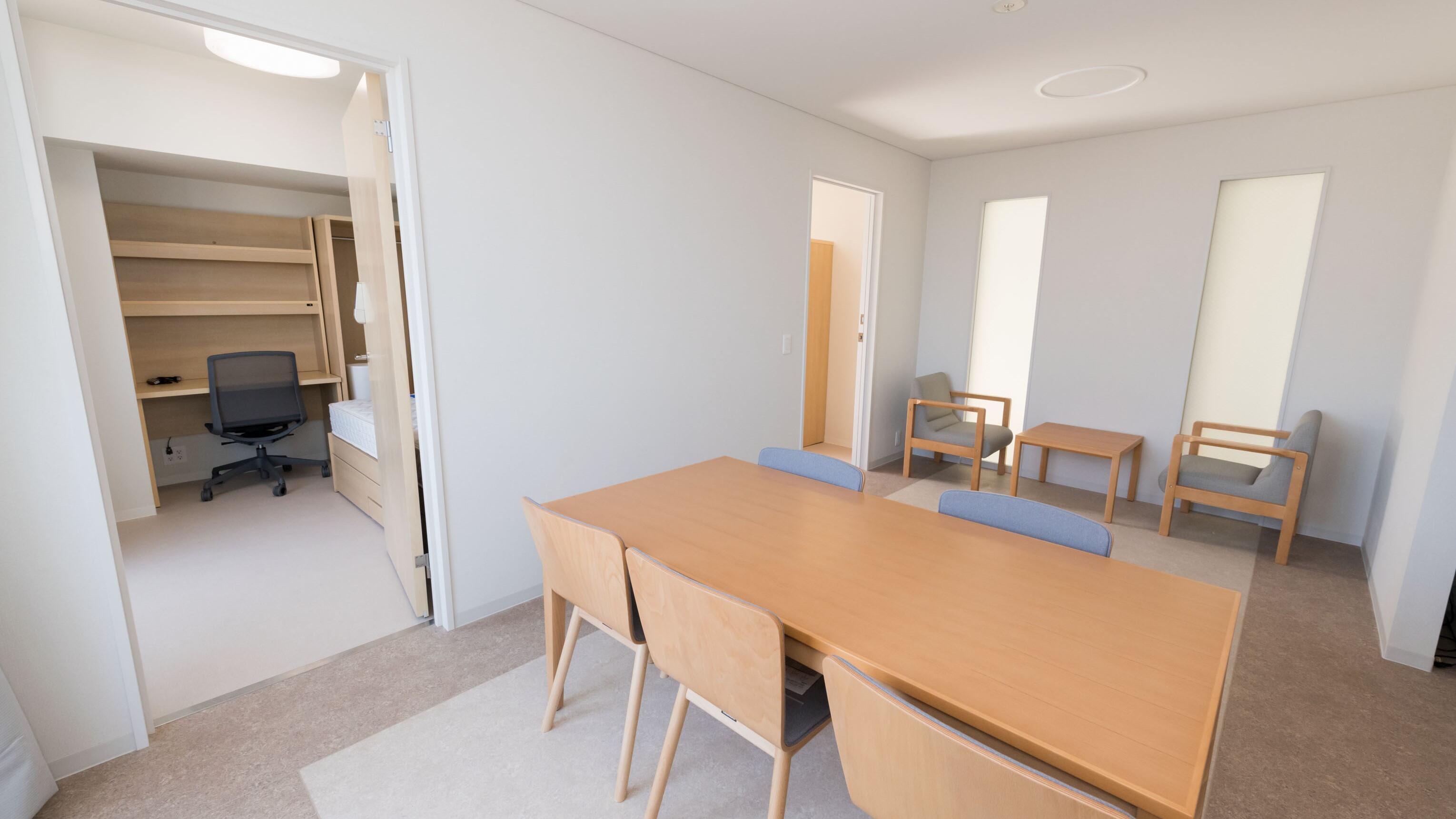
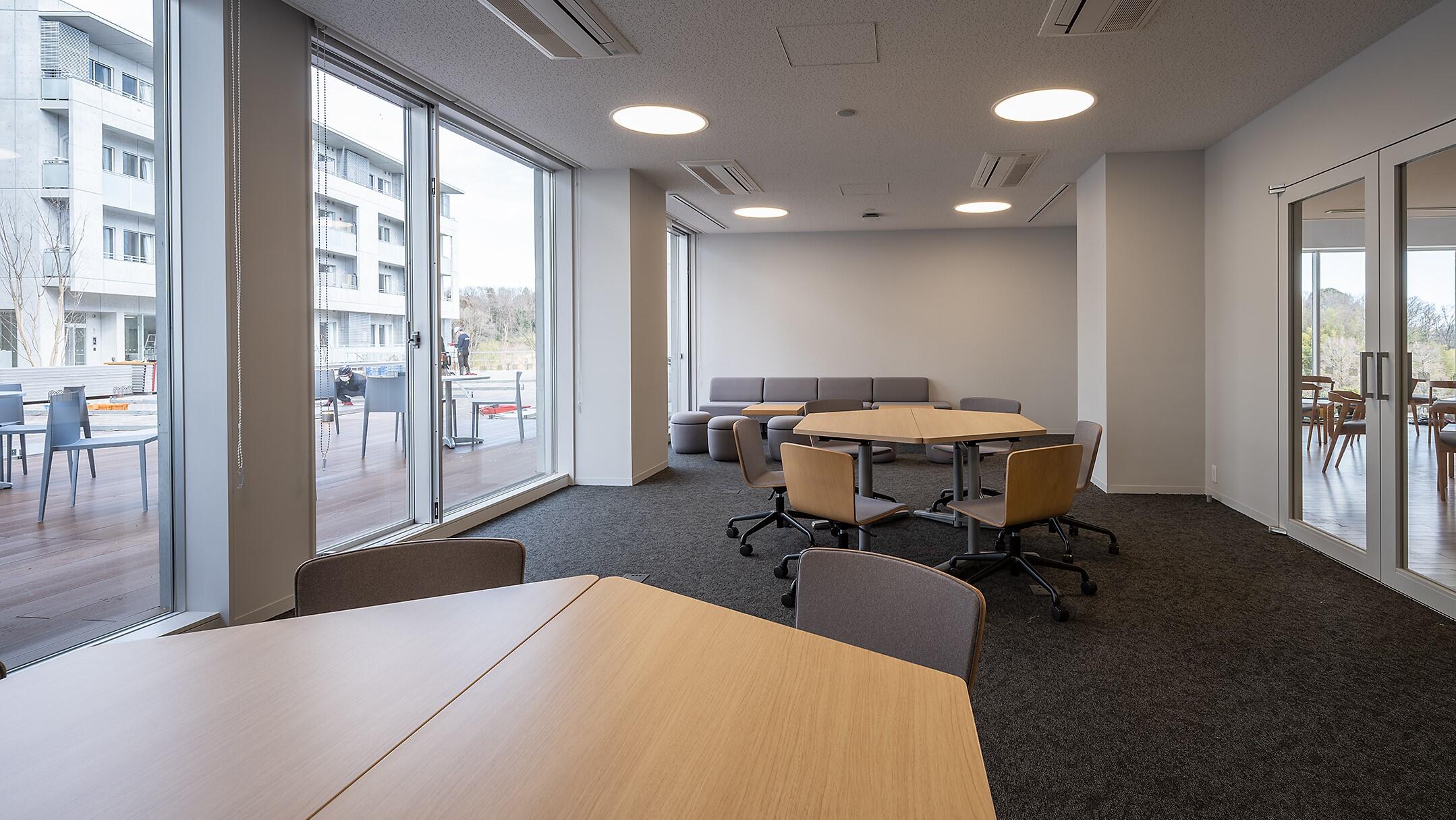
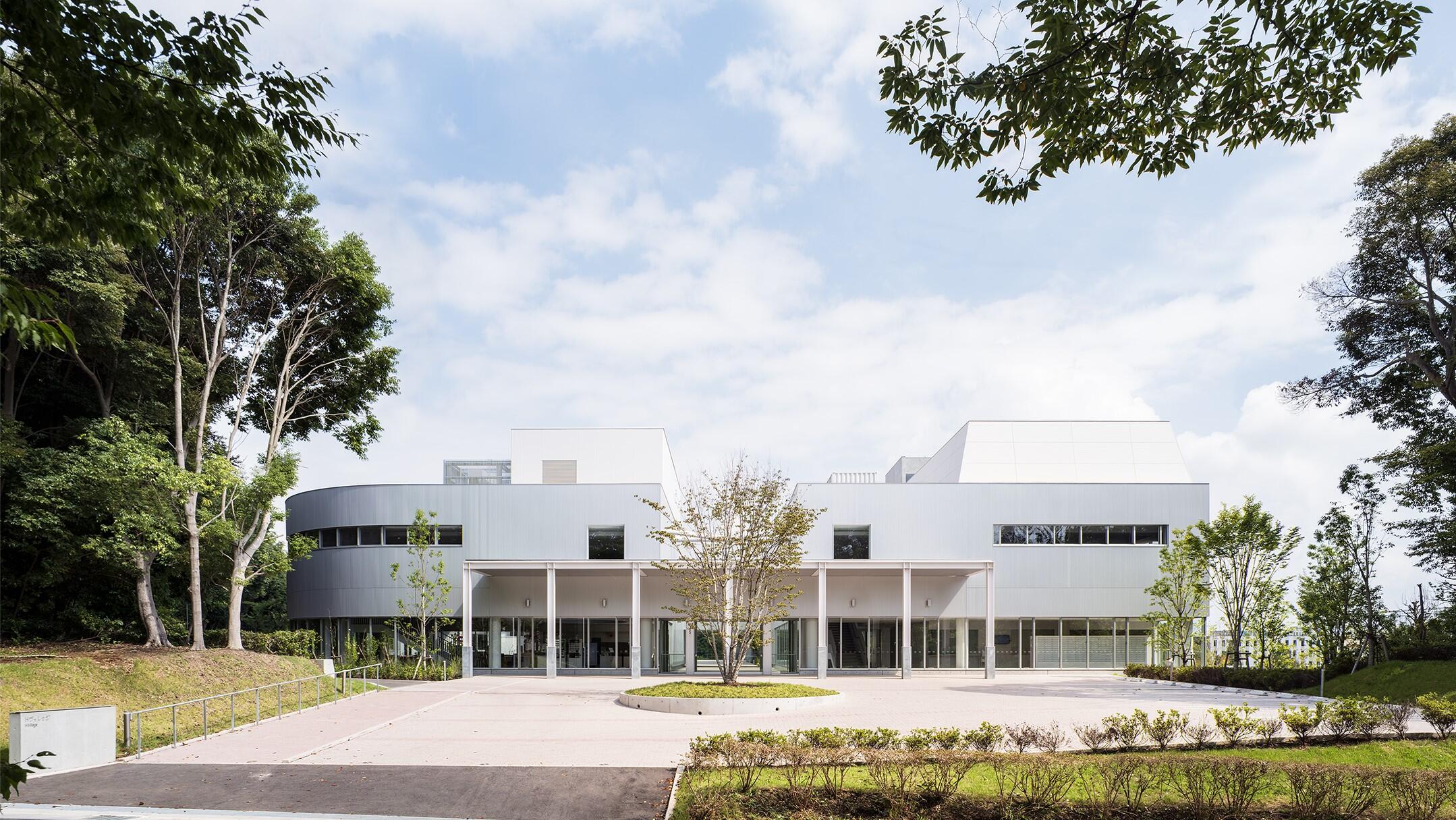
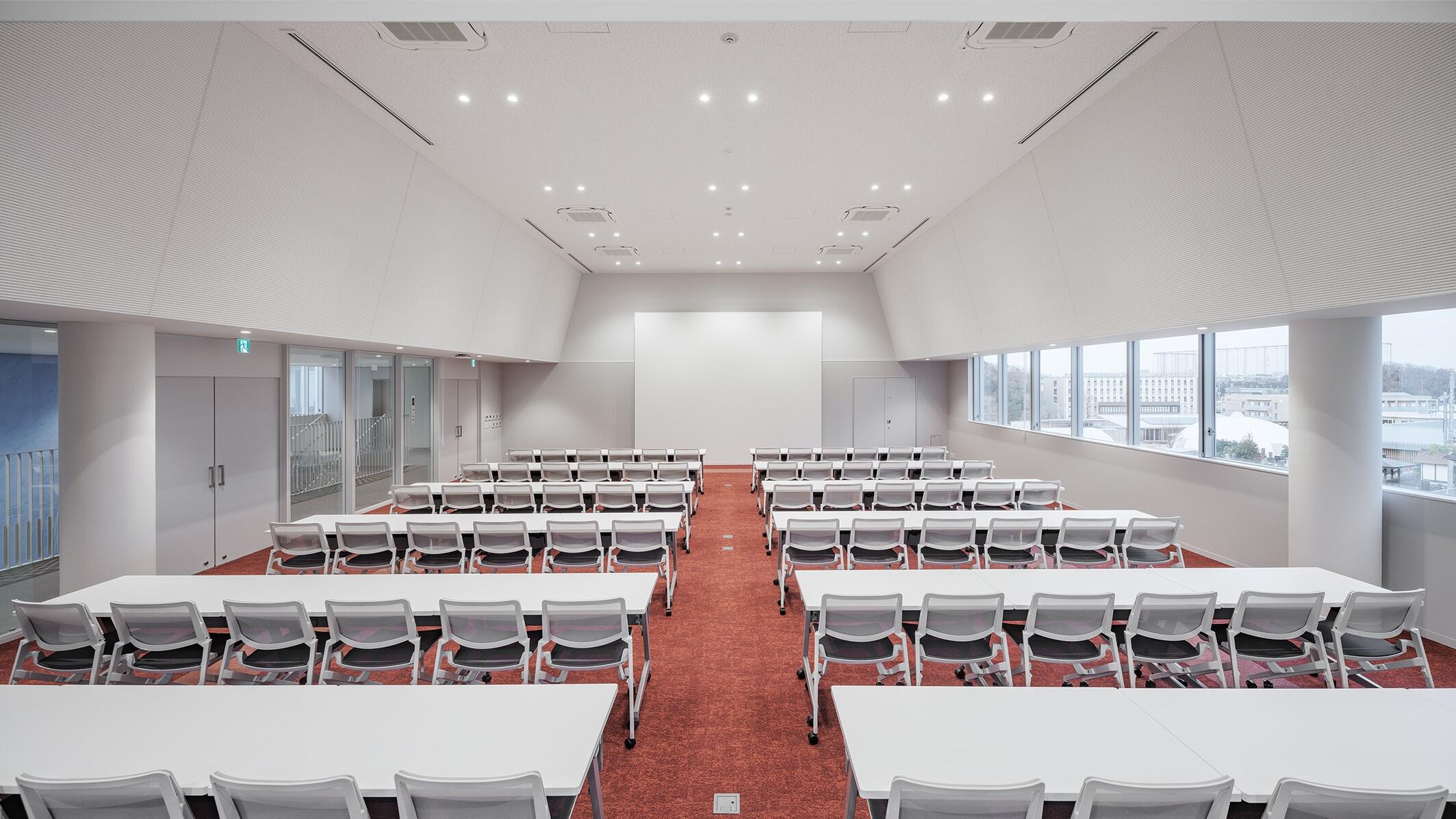
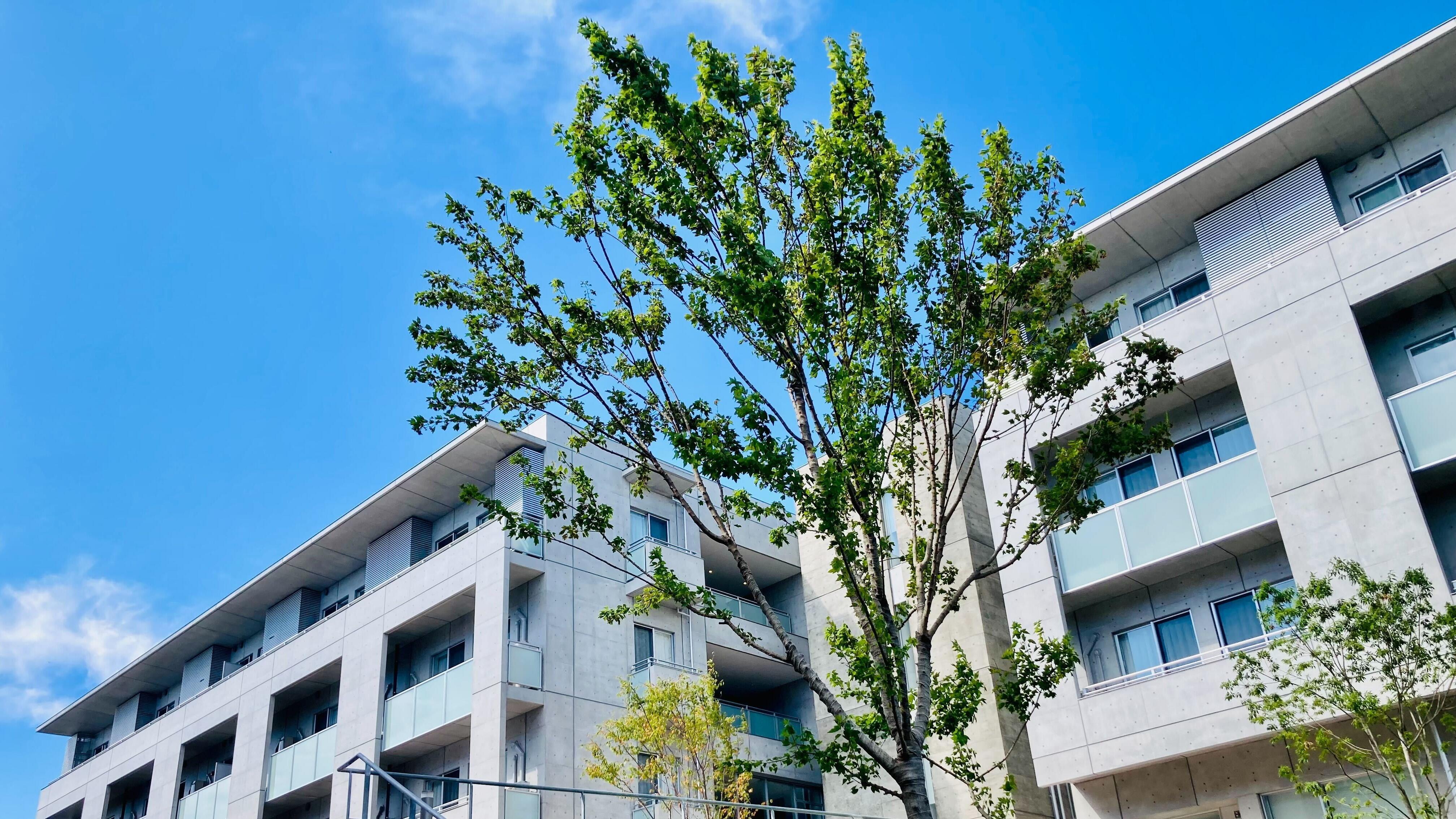
β Village
The east side (former EAST Zone) contains education and research facilities with short-term accommodationsIn 2015, the "Student Built Campus (SBC)" project was launched by students, faculty, staff members, and graduates as part of the "Miraisozojuku project." Students and faculty in the SBC joint research seminars worked on designing the facilities under the mantra, "creating our future campus ourselves."
Through this project, SFC has constructed a total of seven facilities with different designs and purposes which can be run by those who use them. The facilities cover everything from planning, design, construction, facilities management, trouble-shooting, and demolition. The initiative is not limited to just the tangible aspects of the physical buildings, but also its intangible aspects that involve developing educational programs or operational systems to be used in the facilities. It represents an unprecedented way of thinking about what a university can be.
Construction of residential facility 1 and DFF-W was completed in 2016, and residential facility 2 was completed in 2018. After all of the SBC facilities were constructed with the completion of β3, β4, β Dome, β Studio, and β Pavilion in 2020, the EAST Zone was renamed "β Village," which functions as a hub for SFC's residential and educational research, and it started its full-scale activities.
The β Village is currently used for classes on SBC-related subjects (Introduction to SBC, SBC Practice, etc.), as well as the implementation of education and research in live-in formats, such as research seminar camps and special research projects.
In addition, it is used as a venue for exhibitions, workshops, and research results presentations for events such as the Tanabata Festival, the Camp for Designing the Future, and Open Research Forum (ORF).
| β 1(+DFF-W) | Residential Facility (up to 32 people) + Digital Fabrication Facility |
| β 2 (+ β Kitchen) | Residential Facility (up to 40 people) + Kitchen |
| β 3 | Residential Facility (up to 35 people) |
| β 4 | Residential Facility (up to 12 people) |
| β Dome | Research and Education Presentation Facility (up to 40 people) |
| β Studio | Practical training and working space (up to 32 people) |
| β Pavilion | It serves as the point of contact for within and outside the university (up to 20 people) |
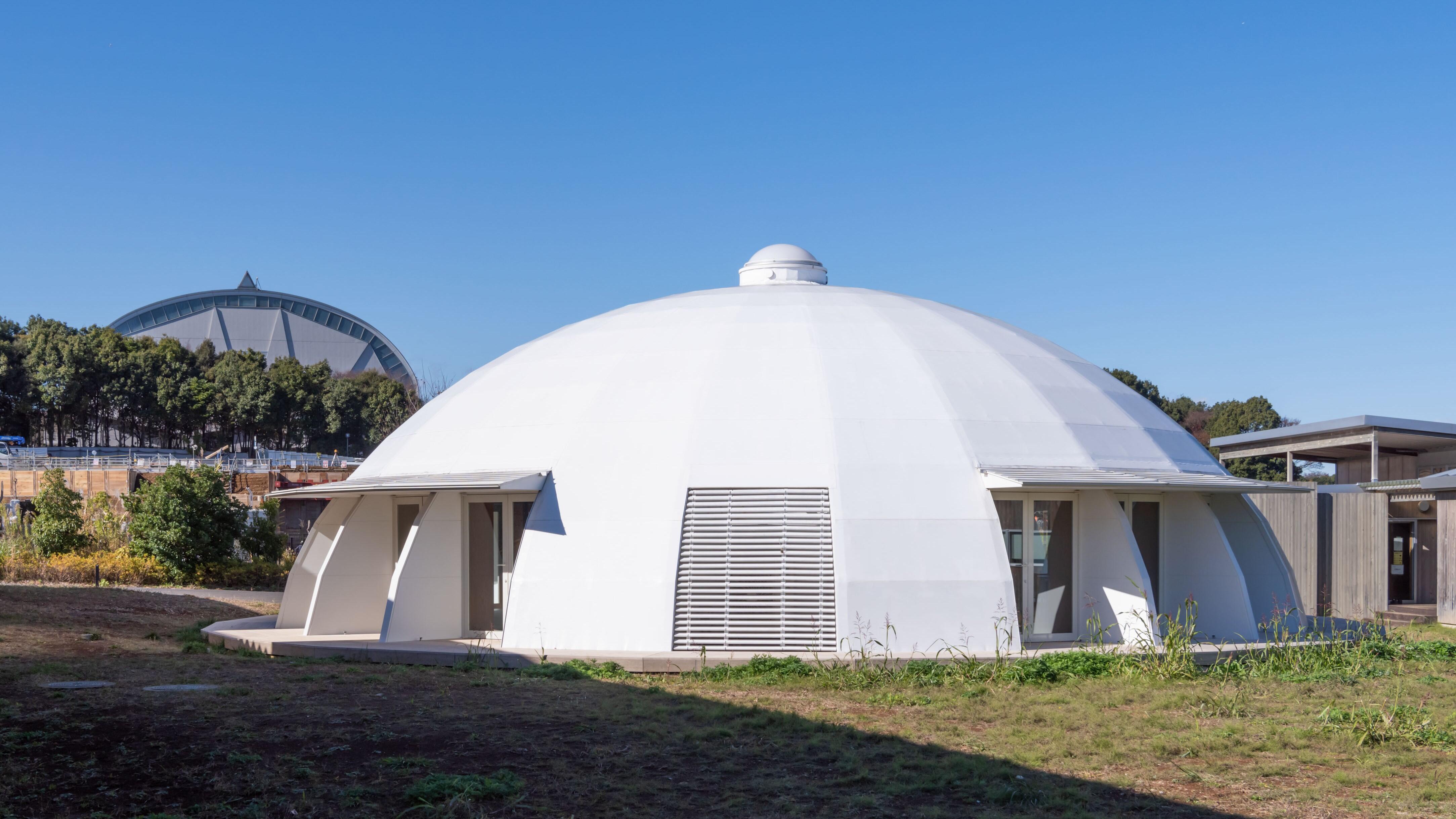
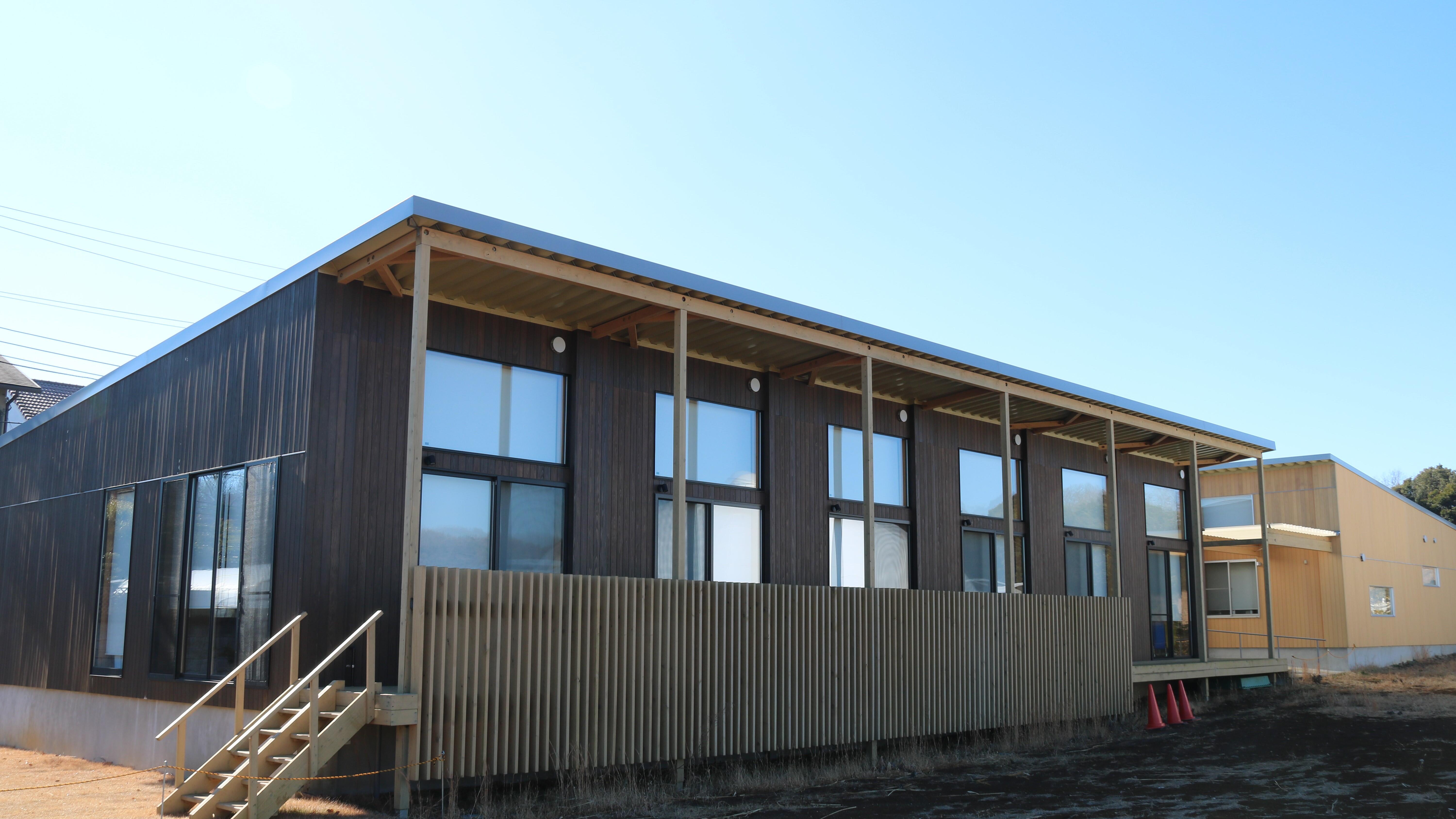
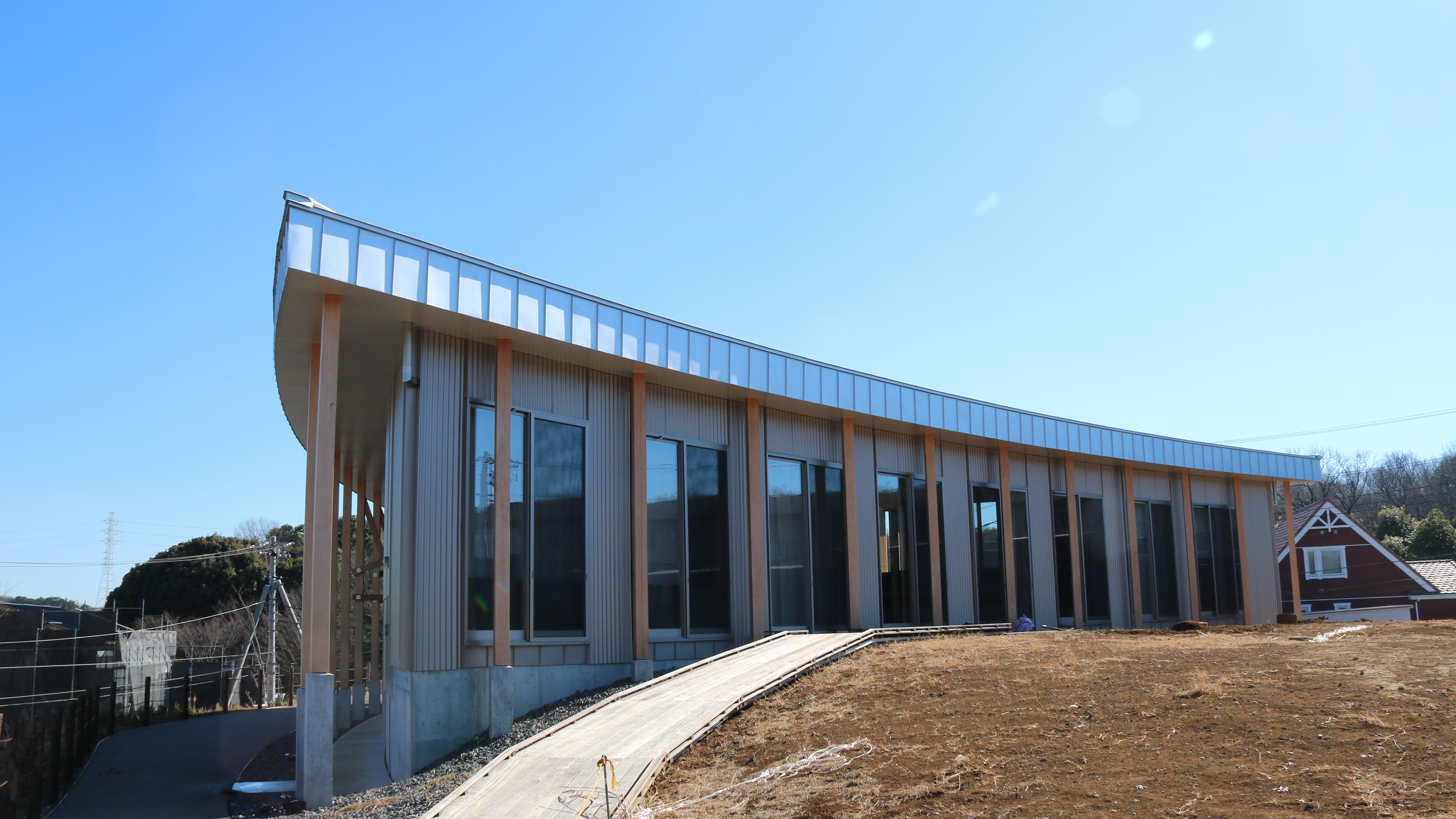
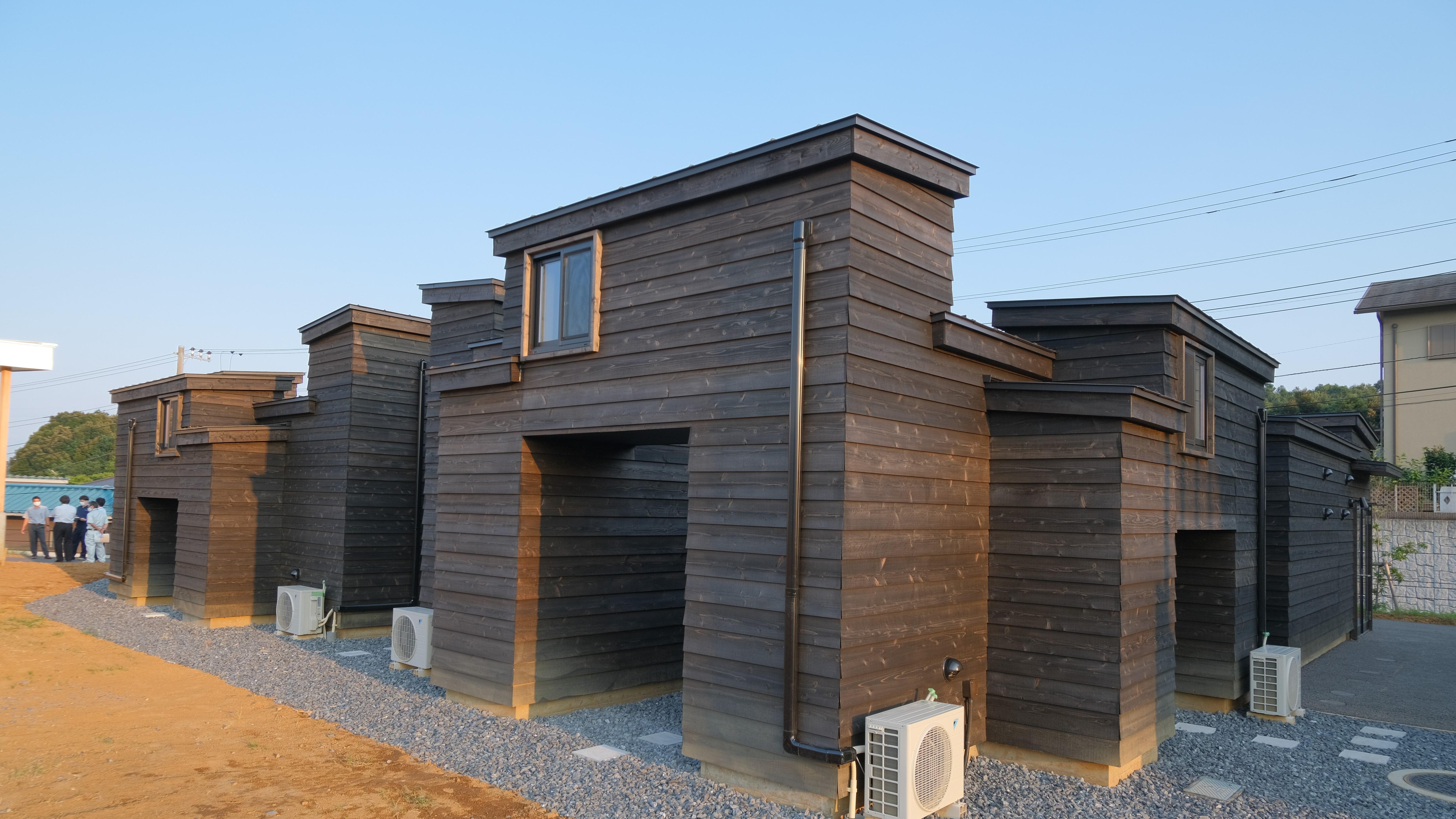
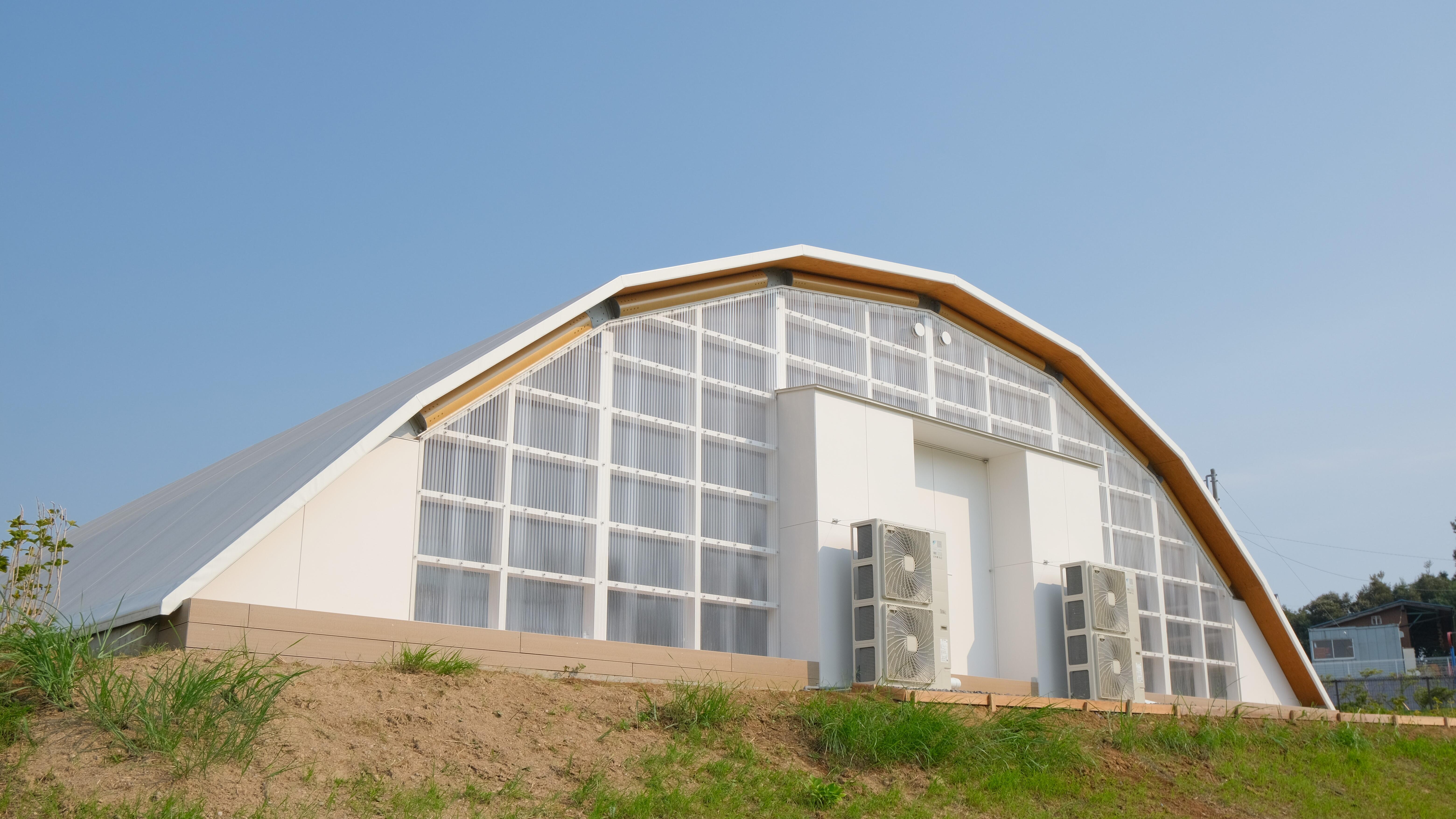
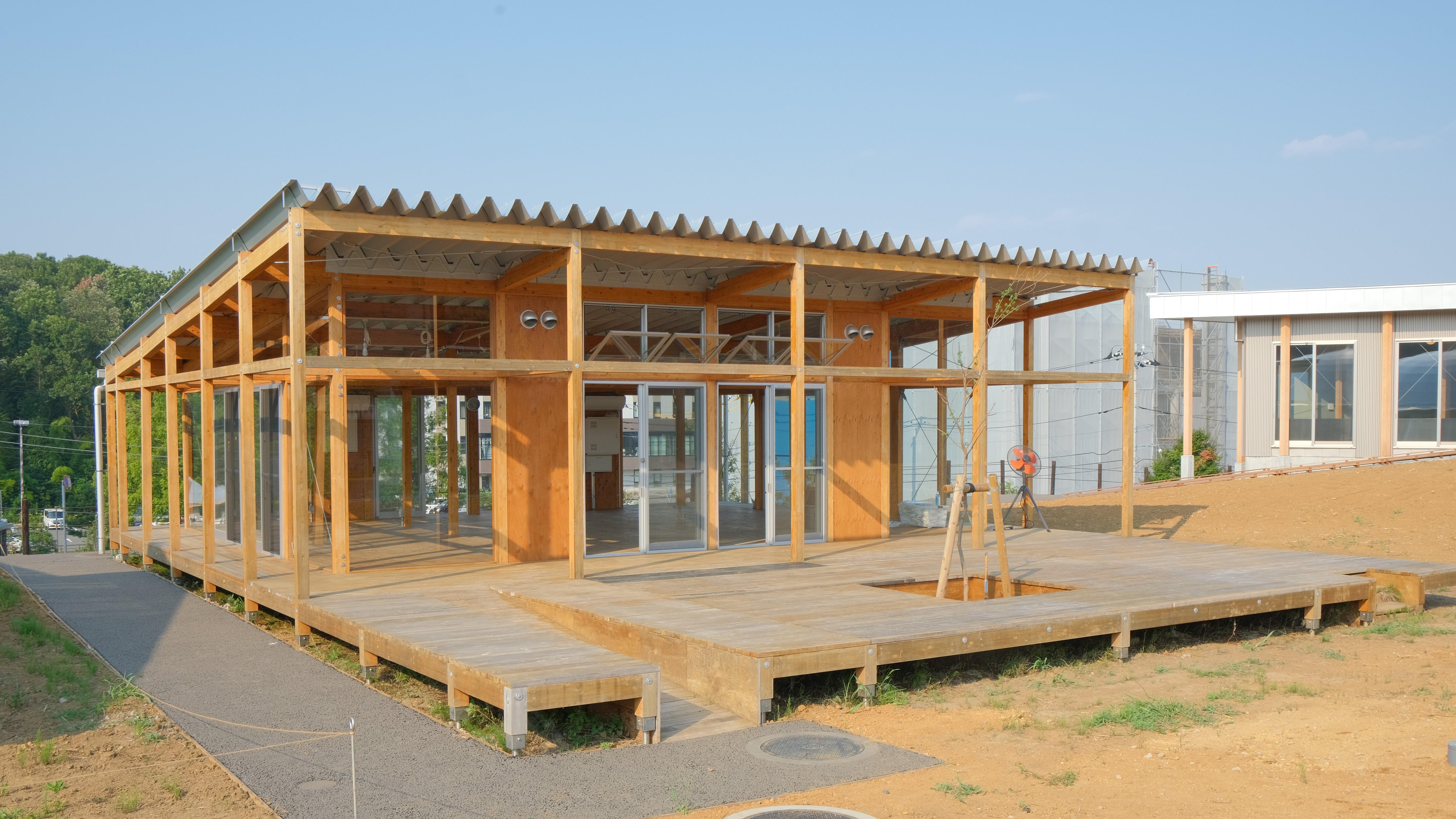
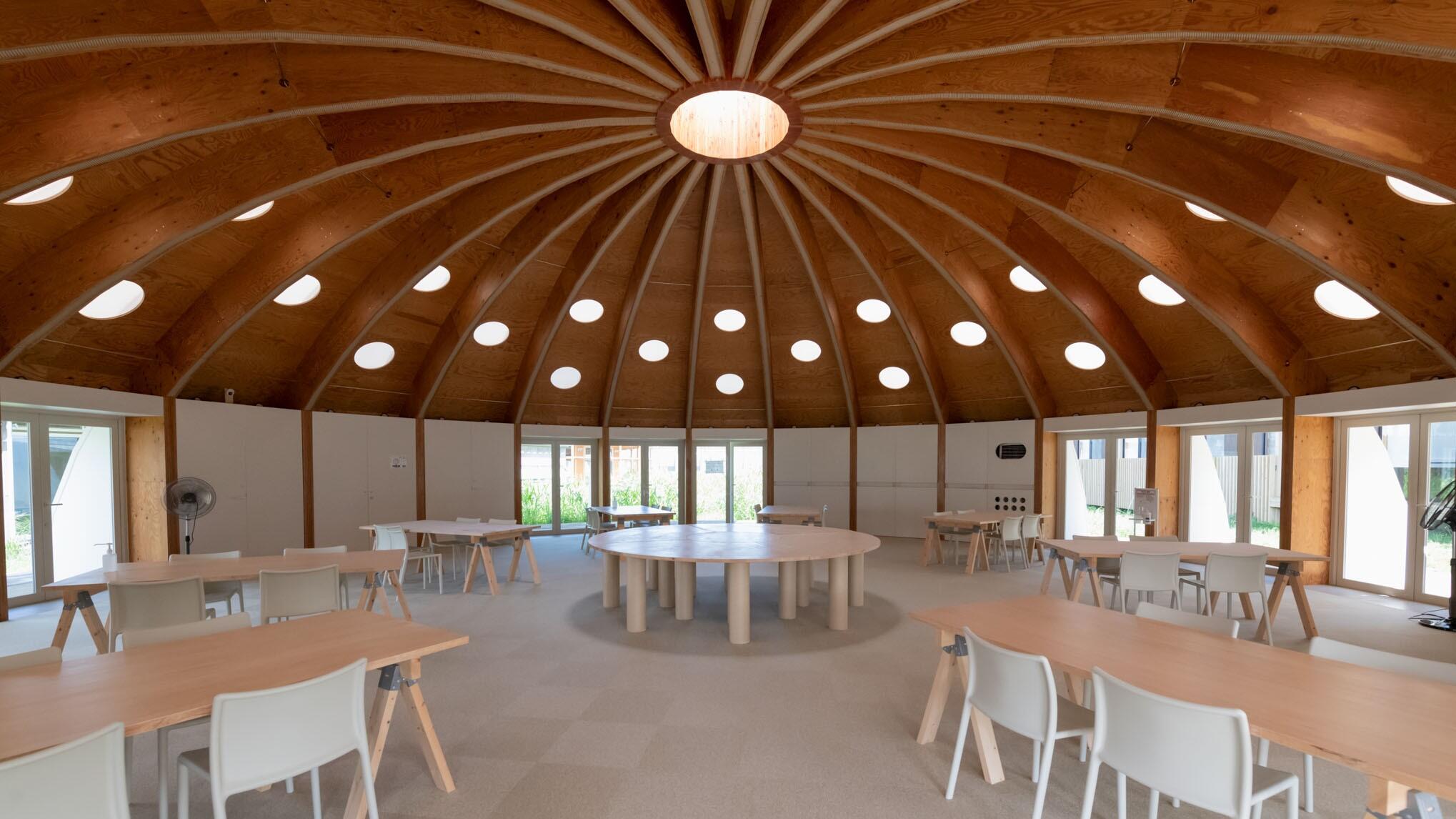
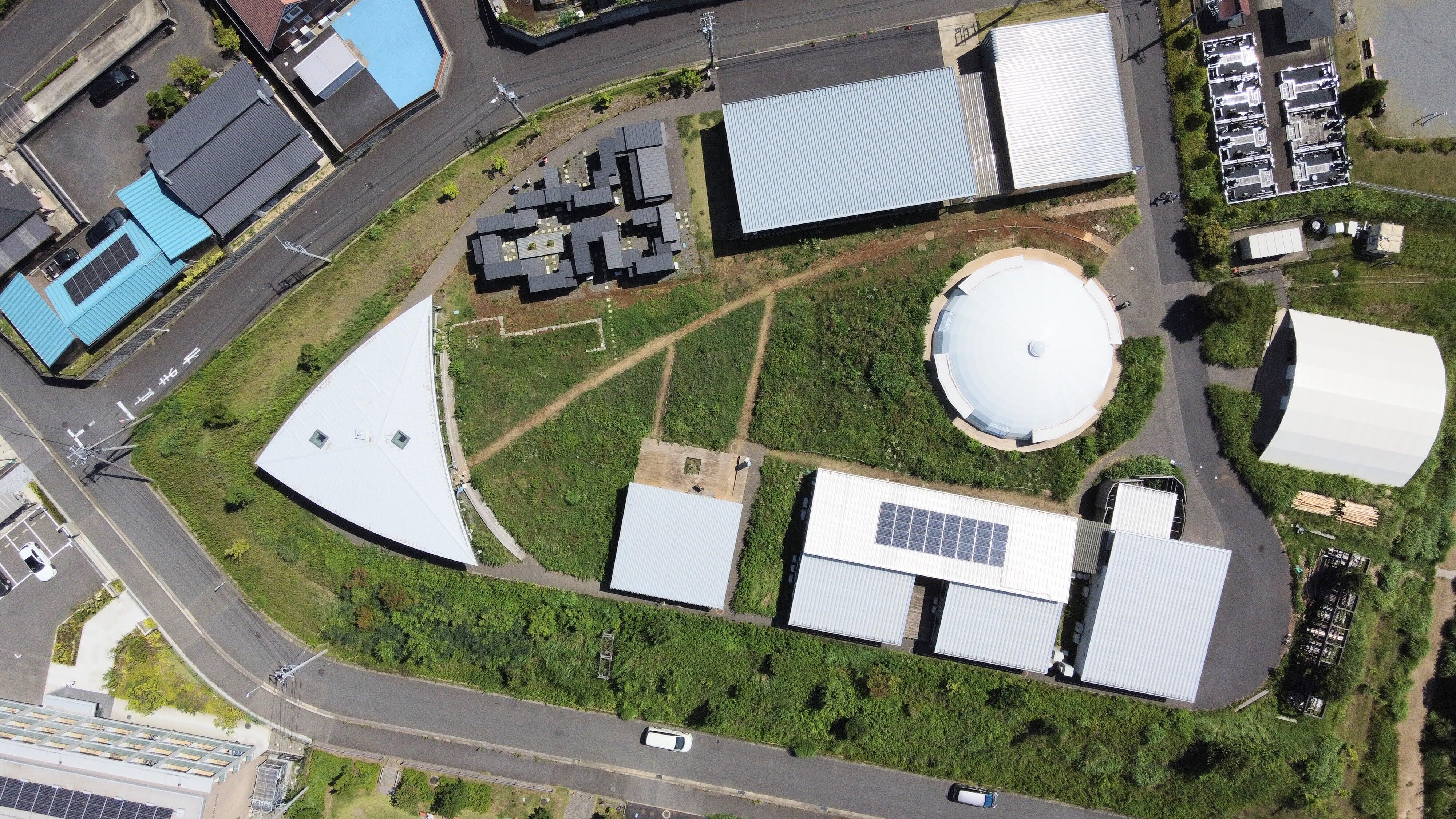
Related news
Japanese page: https://www.sfc.keio.ac.jp/about_sfc/miraisozojuku/
